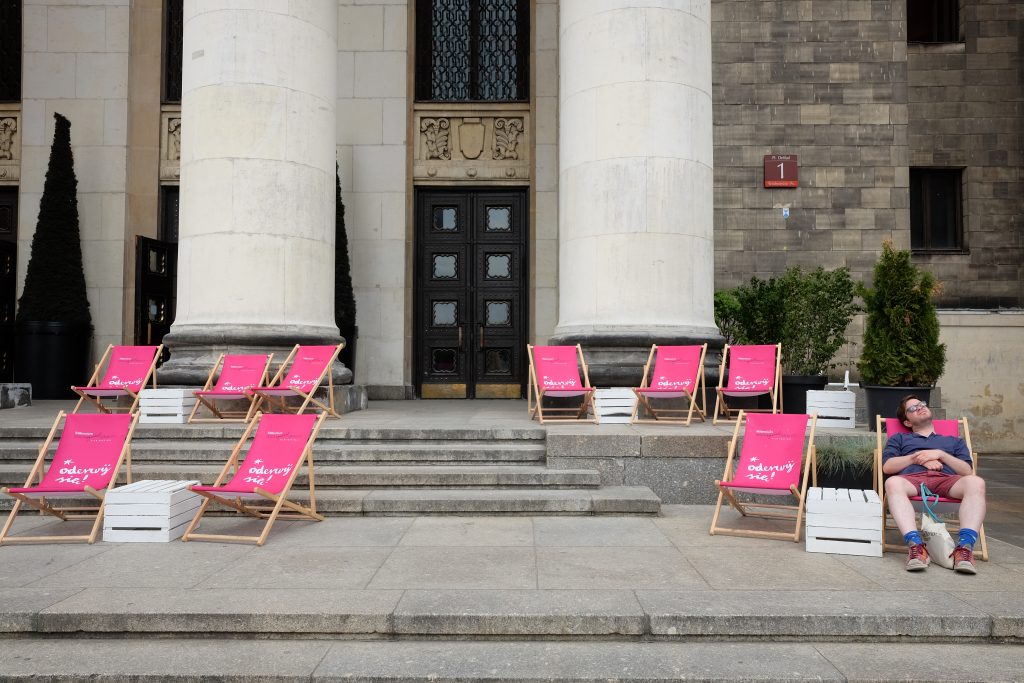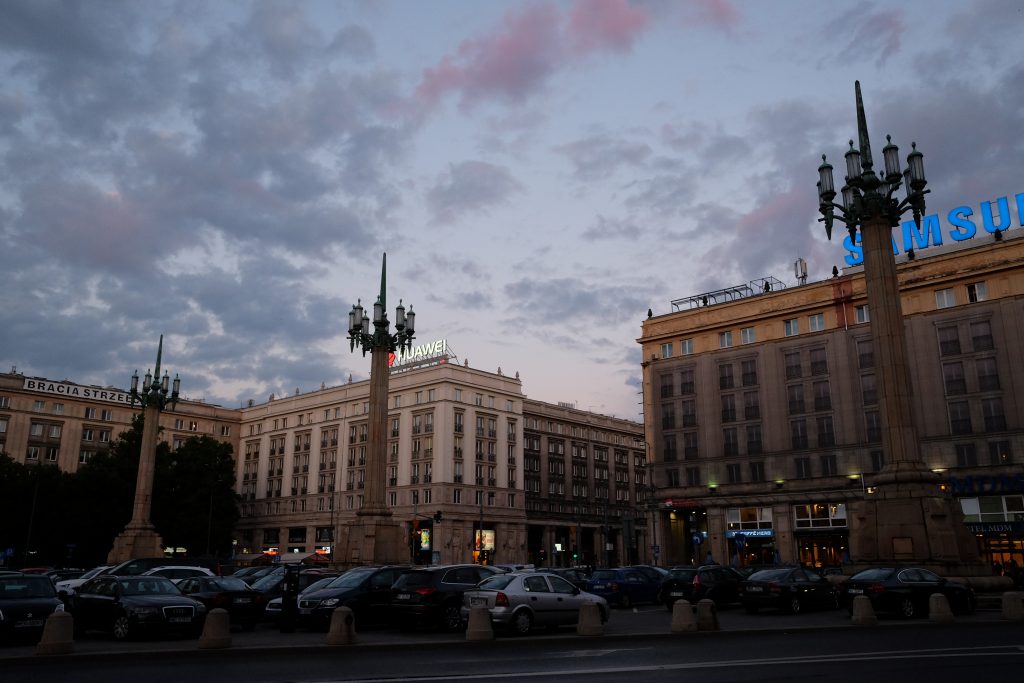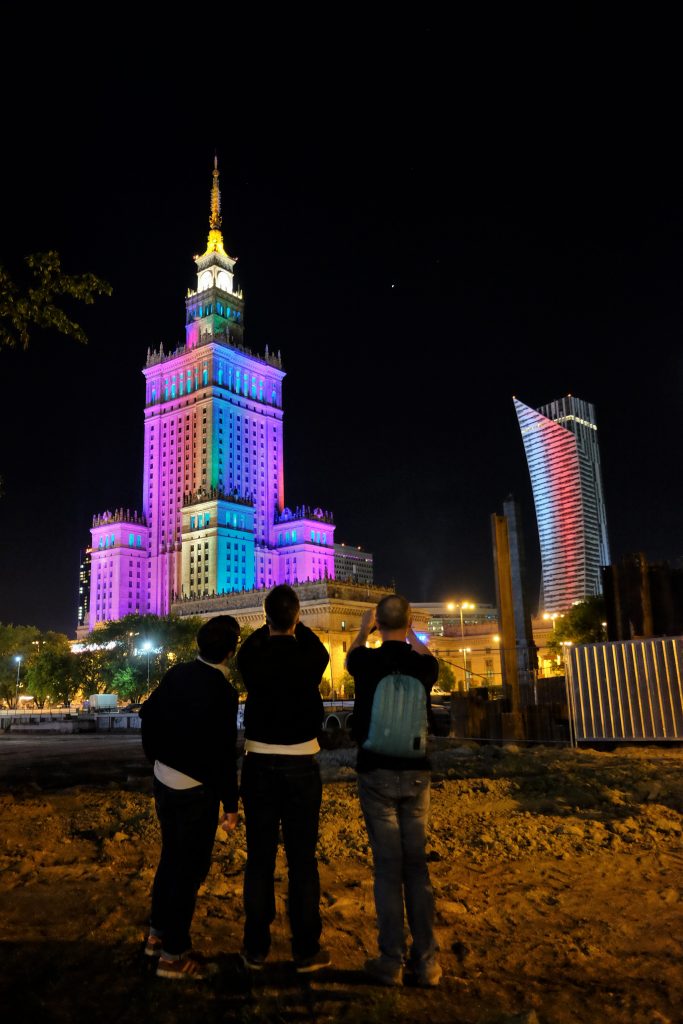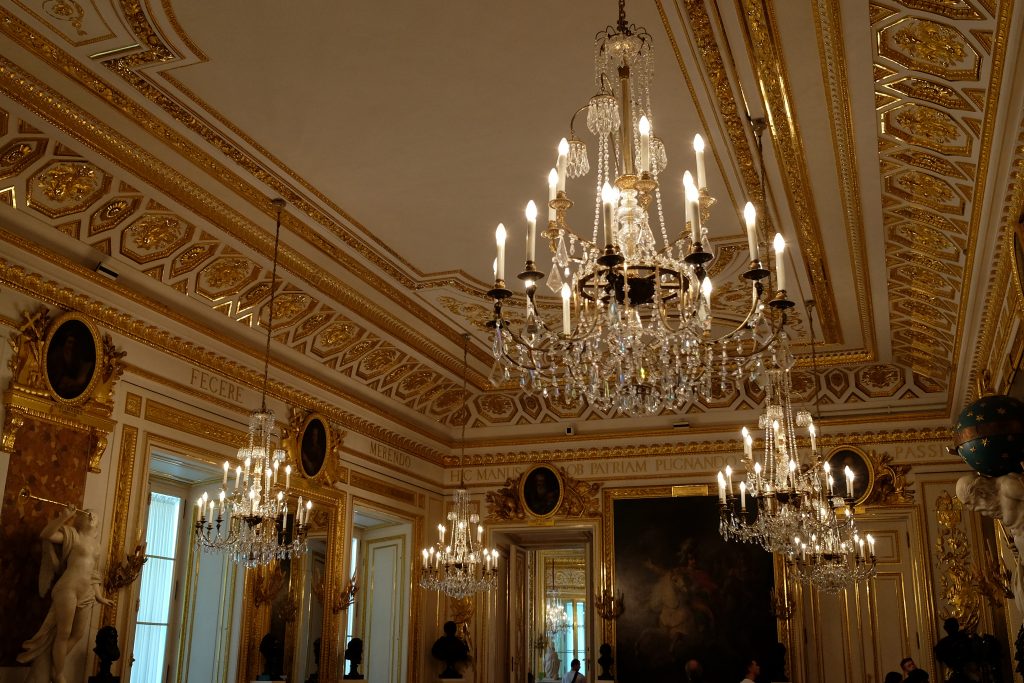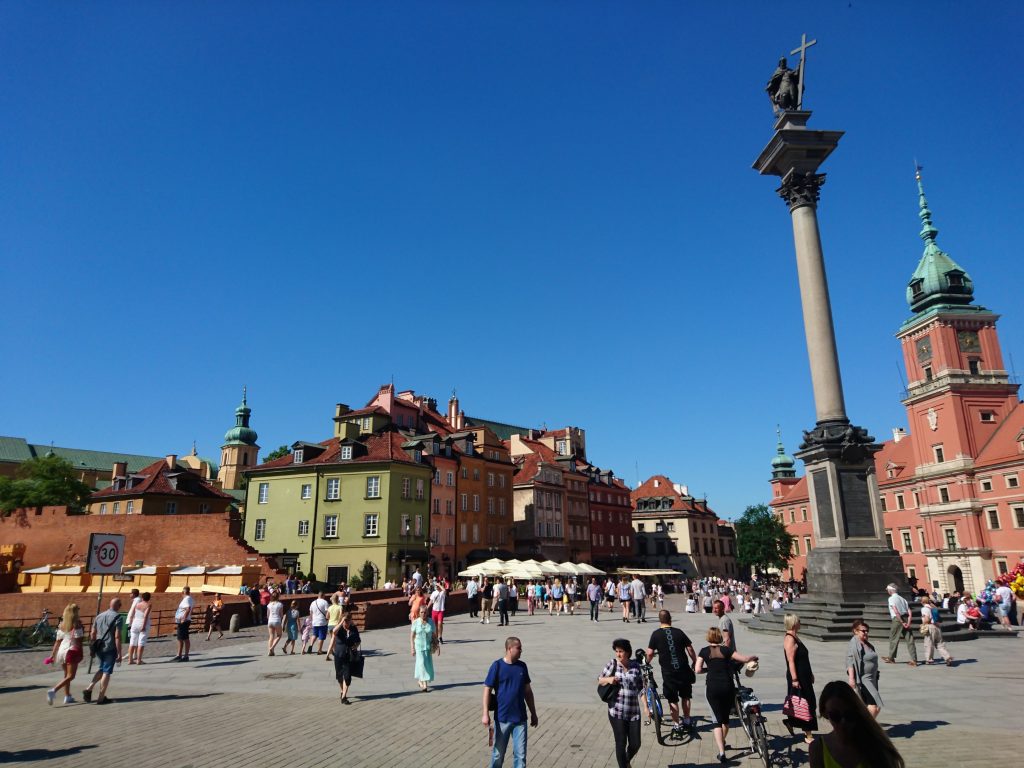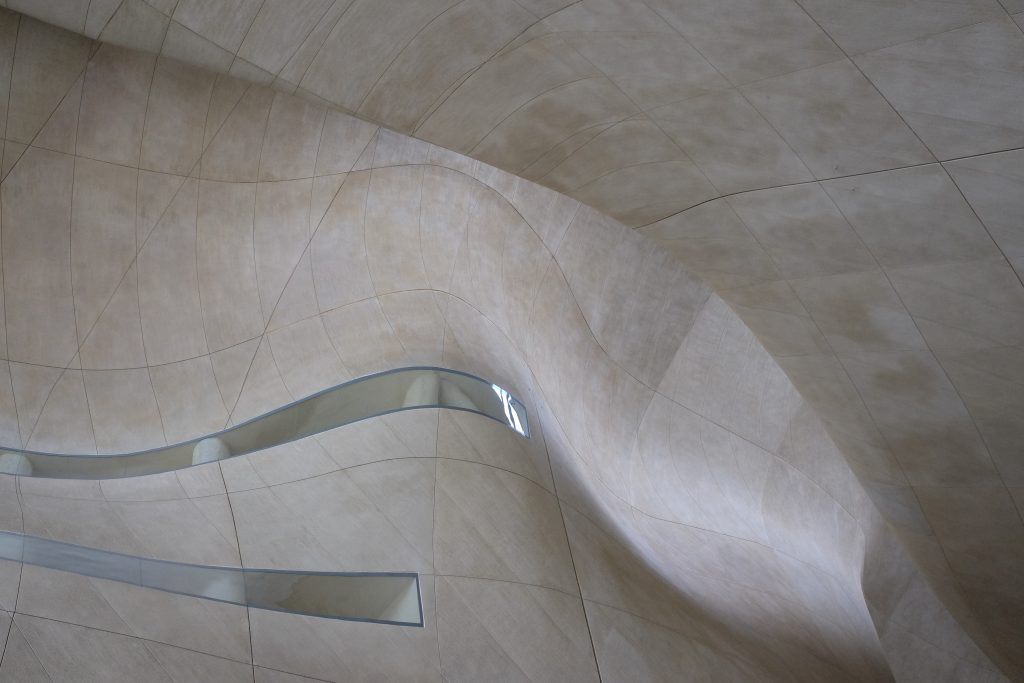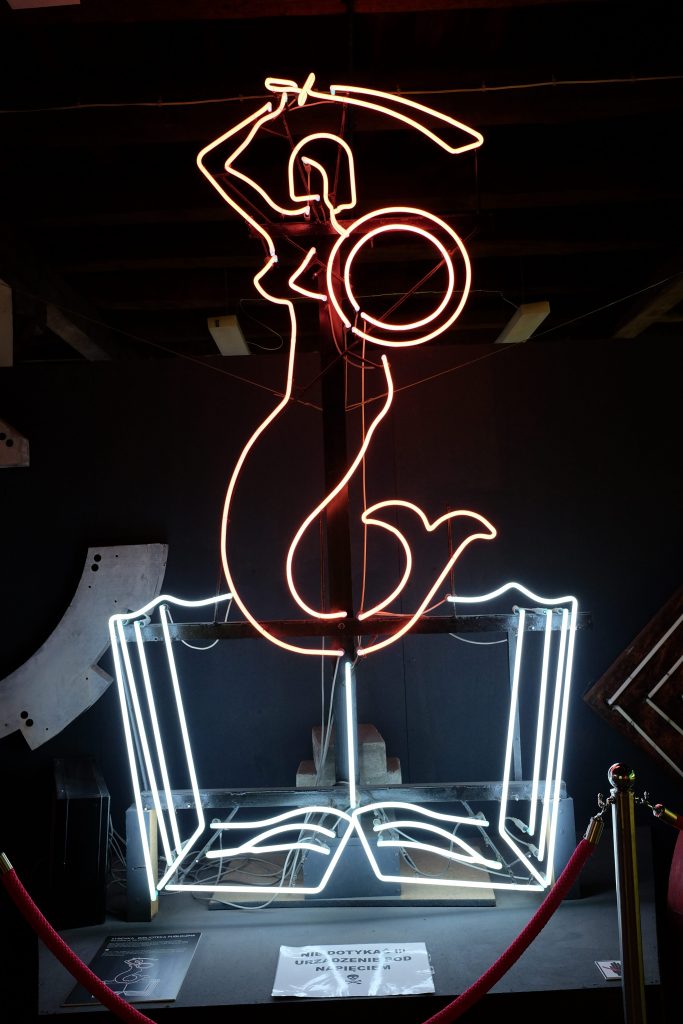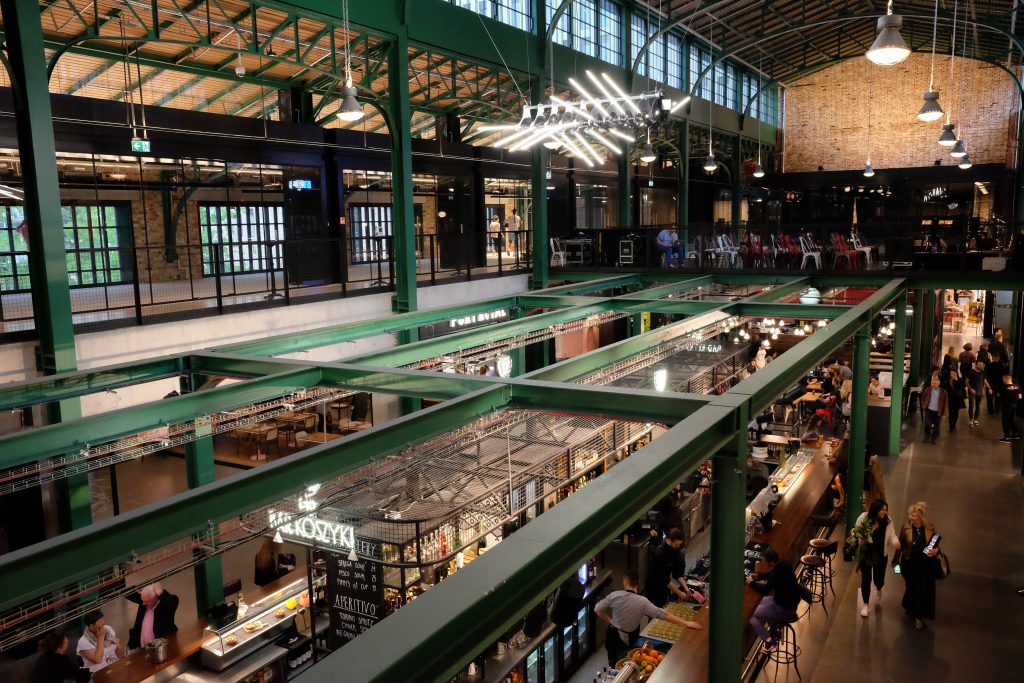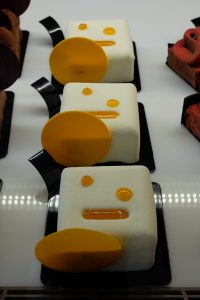It was music that took me to Milan, Italy’s second city, twice in the space of a month. First I saw Radiohead at Monza and then Elbow on the Gardone Riviera, by the shores of Lake Garda. People’s reactions to Milan went from “Oh, now why would you do that?” to “Hmm”. People said it’s not as nice as the rest of Italy, it’s industrial, it’s boring. This was confirmed to me when on my first flight out, a priest described it as the Birmingham of Italy. As a Brummie, I knew full well what he meant, but if Milan really is the Birmingham of Italy, then let’s call it what it is – a city that doesn’t immediately charm but one that is full of interest when you scratch the surface. And Birmingham has more canals than Venice (but the canals are in Birmingham, so…).
Of course, there are negatives in Milan’s column. The traffic is incessant and cars would be parked in doorways if only the drivers could fit there, there’s a lack of parks in the city and the ones that are there looked a bit barren and unloved, the homelessness is endemic and the city can feel a bit claustrophobic with endless rows of imposing buildings. But there are plenty of positives, too. Being Italy, culture is never far away, eating and drinking can be a genuine pastime, there are cool districts to the city just waiting to be explored, the city is very elegant in places and some of the architecture is flat-out stunning. An early indicator of charm was Milan’s old trams that criss-cross the city, which really add to the street scene. Over 200 trams from 1930 ply the streets, yet it’s cities like Lisbon that I associate trams with, so whoever does Milan’s marketing can have that insight for free. You are welcome.
You’ll probably start your trip in Milan at the central railway station, which is based on Union Station in Washington D.C. Once Mussolini arrived on the scene, the station grew more monumental, to demonstrate the fabulous power of Fascism. Its dimensions are the architectural version of a mid-life crisis. It is 200 metres wide and 72 metres high, so when you pass through it, you cannot help but feel overwhelmed but the building is deeply beautiful at the same time. I always felt a little thrill to walk through it, looking at the giant eagle statues around the station and craning my neck to see the roof. Stepping outside, you can’t miss the homeless people. It should be a sign of intense national shame to see so many people using the station gardens and verges as a bed, the fountain as a shower but in Milan, it seems even more hideous when there is so much visible wealth everywhere.
The best way to start your day is like an Italian, by which I mean have coffee and a pastry in any of the cafes around the city. You can’t miss them, for they are everywhere. It was like a tragi-comedy when my friend ordered a latte in a café, only to find that latte in Italian is milk. But like a good Englishman, he drank his milk, though he would have preferred some coffee in it. Note to self; start learning Italian before the trip starts, not after. For guaranteed excellence, Princi makes excellent coffee and pastries and has five branches across Milan, with a bonus outlet in London. People order their espresso at the counter, sipping from the cup before fleeing. We didn’t see takeaway cups anywhere and the comparison with London is striking as a woman just came into this café, asked to “grab” a coffee and ran out the door, like she’d remembered her house was on fire but needed a caffeine buzz.
After coffee, orienting yourself in Milan is easy. Just head for the Duomo and you’ll be confronted by one of the great cathedrals of the world; it rises up in magnificence – it’s the largest church in Italy when you strip out St Peter’s Basilica in the State of Vatican City and the third largest church in the world. Construction started in 1386 and was completed only in 1965, so no rush there. There are 135 spires and it’s the most marble you’ll ever see outside of a 1980’s school playground. The Duomo first enchanted me in Luca Guadagnino’s gorgeous film I Am Love. Tilda Swinton would gracefully sweep along the church – at times it felt that’s all she did – and I decided that at some point, I would see the building. Getting inside or on top requires you to buy a ticket at the ticket office before queuing up; you can go inside the church for €3, get combined tickets to see the church interior and the terrace for about €13. Or do as we did, enter round the side and climb the stairs to the terrace for €9. The climb is fairly taxing but it is broken up by a few terraces along the way to the top of the building. The views from the top are far-reaching and the workmanship up close is incredible. Large parts of the building are covered in scaffolding currently but you are still likely to be blown away by the sheer scale of the church. We saw a man get told his shorts needed to be at his knees before he could enter this house of God. Odd, really, that the church would worry about boys in shorts. I thought it was their thing.
Outside the Duomo is Piazza del Duomo, with the Galleria Vittorio shopping arcade opposite. It is grandeur itself, with stunning mosaic floors, beautiful lamps and a vaulting iron and glass roof that if nothing else, signifies the prices you are going to encounter in the arcade. Stores include Prada, Versace, Louis Vuitton and Gucci and when their sale prices have jumpers at €300 you can see why I passed through to take photographs and not stop off en route. If you’ve some cash to burn, Savini restaurant has tiramisu for only €19. Despite the absurd prices, the area around the Piazza del Duomo is one of Europe’s great squares and without realising it, hours can pass by as you soak up the atmosphere. The Museo del Novecento is worth a visit for a walk through 20th century Italian art such as Futurism, abstract art, some fascist stuff, pop art, and Arte Povera. I was really interested by the art that came about during the fascism era, where things looked the same and interesting creases were ironed out – the future of Italy under this regime was to look back before awful outside influences arrived and took away some of what made Italy so Italian. It was all quite chilling. The collection also throws in some Picasso and Kandinsky for good measure. We went into an exhibit where you needed to sign a release form. I was expecting some Arte Porno, but it was just a series of rooms with strobe lights and uneven surfaces, which is still worth a visit. As you reach the top of the collection, you can view the Duomo out of the windows and admire the neon above you.
One part of the city with plenty of greenery and the glorious joy of shade is Sforza Castle. Within the castle complex are many museums and galleries, including Michelangelo’s last sculpture and a manuscript by Leonardo da Vinci, based on a book by Dan Brown if I’m not mistaken. There is parkland around the castle and in a noisy city, it could have been a refuge from chatter and cars. Instead a man played a guitar loudly for cash. I never did find out if he’d accept cash to stop playing.
The Italians are so classy. While we in Britain call drinking before going out pre-drinks – the idea being to basically move to drinks and then more drinks – the Italians have aperitivo, which fast became by favourite thing that’s ever been invented. It is said that Milan is the home of aperitivo and the idea of having a cocktail and some snacks before dinner is delightfully sophisticated. We had Aperol Spritz with some bruschetta and a rice dish, and it really unravelled my childhood where mum wouldn’t allow snacking before dinner as it would ruin my appetite. And all along, the Milanese are getting tipsy and then going on to eat dinner. I feel robbed.
After our aperitivo, we walked down to the Navigli district, where a series of canals linked together provided a gorgeous backdrop for an evening of dinner and drinks. We ate at Gnocco Fritto, where they serve baskets of fried dough parcels alongside meats, cheeses and pasta. We indulged in four types of sheep cheese, from crumbly through to salty, and a pig’s worth of ham, all washed down with wine. It may not be among the most healthiest of meals, but it was entirely worth the resulting reduction in life expectancy. After the meal, we took an evening promenade. I do love to do this, especially when the scenery is so good. All the lights of the streets bounced off the water, people were relaxed and enjoying their evening and, most remarkable of all, music was kept at a minimum. Even as the night progressed, there wasn’t a switch from music burbling in the background to becoming the main focal point, rendering conversation pointless. We found a wine bar by the water, called Il Vinaccio and had another glass, deeply relaxed and in love with Italian nightlife. Our final stop of the night was on the way home, the remains of the San Lorenzo Roman columns where hundreds of people were gathered in a square sandwiched between a church and the columns. A drunk or high man was cross with us because we didn’t want to buy his drugs and then when he swung back a moment later, he seemed to love us. We didn’t buy whatever mind-altering madness he was on. The police idled at the sides, there in case anything out of hand happened, but generally in the shadows. The atmosphere was electric and rounded off a visit in which all my ideas of what Milan was like evaporated into the night air.









